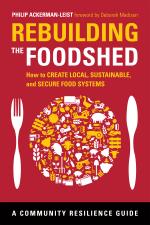Sustainability science as a foundation for higher education
Stephen Mulkey Sustainability: The Journal of RecordLays down a challenge to all those working in higher eduction to put sustainability at the heart of their teaching and curriculum development in order to produce the next generation of sustainability leaders. Suggests various practical ways this could be done.



